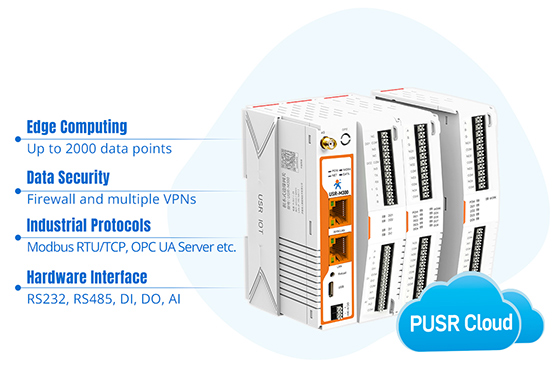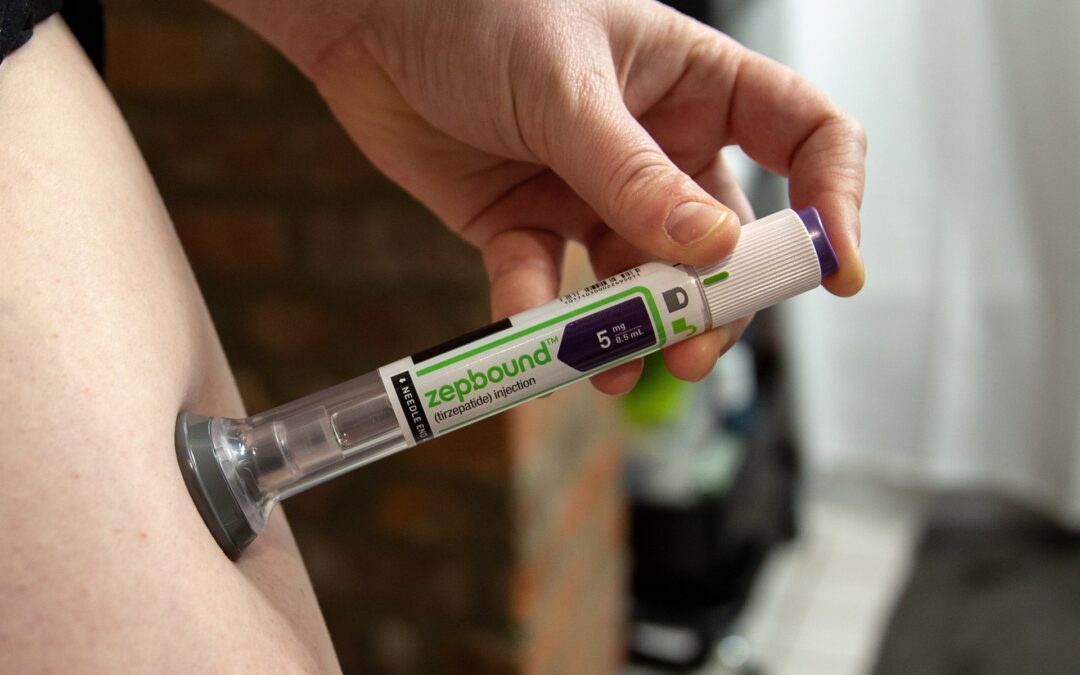do the same for this “Maximizing Social Media Engagement: Best Practices for SMO”
- Reasoning
Maximizing Social Media Engagement: Best Practices for SMO
In the digital age, social media has become an indispensable tool for businesses to connect with their audience, build brand awareness, and drive engagement. Social Media Optimization (SMO) is the process of enhancing your online presence through social platforms to achieve business goals. However, with so much competition online, simply having social media accounts isn’t enough. To truly maximize social media engagement, businesses need to adopt strategic best practices. In this guide, we’ll walk you through the steps to create a winning social media strategy that boosts engagement and drives results.
1. Define Your Social Media Goals
Before diving into social media optimization, start by defining clear, measurable goals. What do you want to achieve through your social media efforts? Common objectives include:
- Brand Awareness: Increasing visibility and recognition of your brand.
- Lead Generation: Attracting and nurturing potential customers.
- Sales Growth: Driving traffic to your website and converting it into sales.
- Customer Loyalty: Building relationships with your audience to encourage repeat business.
Having clear goals will help you choose the right platforms, tactics, and metrics to measure success.
2. Identify Your Target Audience
Understanding your audience is the cornerstone of effective social media optimization. Who are your ideal customers? What are their demographics, interests, pain points, and behaviors? Create detailed buyer personas to represent your target audience. For example:
- Demographics: Age, gender, location, and income level.
- Interests: Hobbies, lifestyle, and preferences.
- Pain Points: Challenges they face that your product or service can solve.
- Behavior: How they interact with social media, including the platforms they use most.
Once you have a clear picture of your audience, tailor your content and messaging to resonate with them, ensuring your social media efforts are focused and impactful.
3. Choose the Right Social Media Platforms
Not all social media platforms are created equal, and different platforms cater to different audiences and purposes. To maximize social media engagement, focus on the platforms where your target audience spends the most time. Here’s a quick guide to popular platforms:
- Facebook: Best for building brand loyalty and engaging with a broad audience.
- Instagram: Ideal for visually-driven industries like retail, hospitality, and fashion.
- Twitter: Perfect for real-time engagement, customer service, and sharing quick updates.
- LinkedIn: Great for B2B marketing, thought leadership, and professional networking.
- TikTok: Excellent for reaching younger audiences with creative, viral content.
- Pinterest: Ideal for driving traffic to e-commerce sites with visually appealing content.
By focusing on the right platforms, you can maximize your reach and engagement.
4. Create High-Quality, Engaging Content
Content is the heart of social media optimization. To stand out and inspire engagement, your content must be compelling, relevant, and valuable. Here are some tips for creating standout content:
- Visual Content: Use high-quality images, videos, and infographics to grab attention.
- Storytelling: Share authentic stories that connect emotionally with your audience.
- Educational Content: Provide value through tutorials, how-tos, and industry insights.
- Interactive Content: Polls, quizzes, and live Q&A sessions encourage participation.
- User-Generated Content (UGC): Encourage customers to share their experiences with your brand.
A content calendar can help you plan and maintain consistency, ensuring you post regularly and align your content with your goals.
5. Optimize for Each Platform
Different social media platforms have different algorithms, preferences, and best practices. To maximize engagement, tailor your content and strategy to each platform. For example:
- Caption Optimization: Keep captions short and engaging on Instagram, while longer captions work well on Facebook.
- Hashtags: Use relevant, popular hashtags on Instagram and Twitter to increase visibility.
- Posting Frequency: Post consistently but avoid overwhelming your audience. For example, 3-5 times per week on Facebook and Instagram.
- Video Content: Prioritize video on platforms like TikTok, Instagram Reels, and LinkedIn Shorts, as video tends to perform better.
6. Engage with Your Audience
Social media is a two-way conversation. To maximize engagement, actively interact with your audience by responding to comments, messages, and mentions. Engage with posts from other users by liking, commenting, and sharing content. This builds relationships and fosters a loyal community around your brand.
Additionally, monitor brand mentions and address any negative feedback promptly to maintain a positive reputation.
7. Leverage Paid Advertising
While organic social media engagement is important, paid advertising can amplify your reach and help you achieve your goals faster. Social media platforms like Facebook, Instagram, and LinkedIn offer highly targeted advertising options based on demographics, interests, and behaviors.
When creating ads, focus on clear messaging, attractive visuals, and a strong call-to-action (CTA). Test different ad formats, such as carousel ads, video ads, and lead ads, to see what works best for your audience.
8. Analyze and Optimize
To maximize social media engagement, it’s essential to track your performance and make data-driven decisions. Use analytics tools provided by social media platforms to monitor metrics like:
- Engagement Rate: Likes, comments, shares, and saves.
- Reach: The number of people seeing your content.
- Click-Through Rate (CTR): How many people are clicking on your links.
- ** conversions:** Leads, sales, or sign-ups driven from social media.
Regularly review your performance and optimize your strategy. Experiment with different content types, posting times, and formats to see what resonates most with your audience.
9. Collaborate with Influencers
Influencer marketing can be a powerful tool for maximizing social media engagement. Partner with influencers who align with your brand values and have a genuine connection with your target audience. Influencers can help you reach new people, build credibility, and drive engagement through their content.
When collaborating with influencers, ensure the partnership feels authentic and avoids hard selling.
10. Monitor Trends and Stay Updated
The world of social media evolves rapidly, with new features, algorithms, and trends emerging regularly. To stay ahead of the competition, keep an eye on industry news and updates. Experiment with new features as they launch, such as Instagram Stories, LinkedIn Stories, or TikTok Shorts.
Additionally, monitor emerging trends in your industry and adapt your strategy to stay relevant.
Conclusion
Maximizing social media engagement is a continuous process that requires planning, creativity, and adaptability. By defining your goals, understanding your audience, creating quality content, and leveraging the right tools and tactics, you can create a winning social media strategy that drives results.
For businesses looking to take their social media efforts to the next level, consider partnering with professional digital marketing services. Experts in social media optimization can help you refine your strategy, optimize your efforts, and achieve your business goals. Visit dotspacetech’s digital marketing services to learn how we can help you maximize social media engagement and grow your brand in the digital space.
In a world where social media is continually evolving, the key to success lies in staying proactive, data-driven, and audience-focused. By implementing these best practices and seeking expert support when needed, you can create a social media strategy that truly engages and drives results.







0 Comments